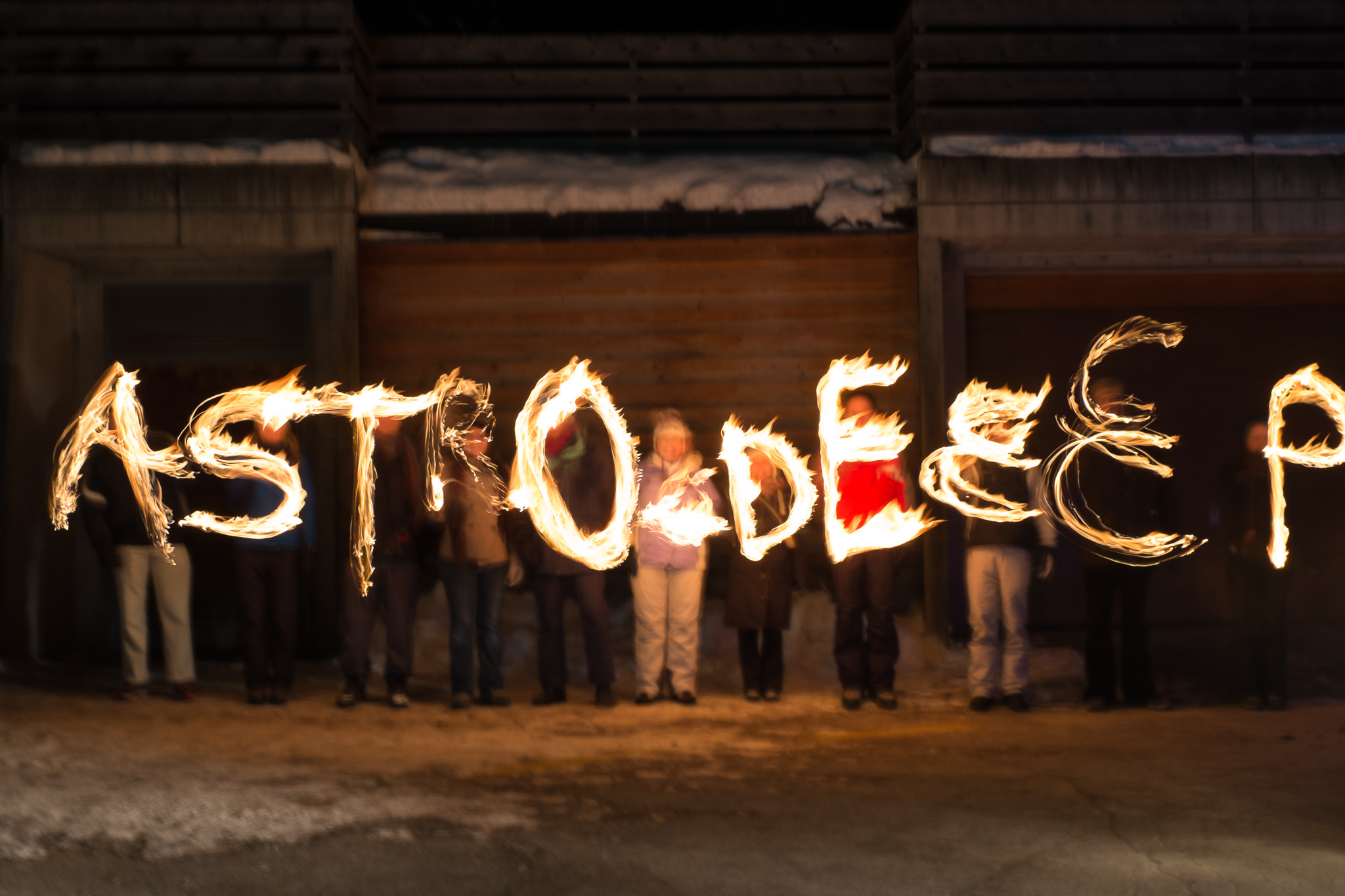The Spectral Energy Distribution of high redshift galaxies: lessons learned and open questions
admin0
likes
1,686 view
LOCATION: Sport & Kurhotel at Bad Moos - Via Val Fiscalina 27, 39030, Sexten
DETAILS
Aim of the workshop
This workshop is organized under the auspices of the ASTRODEEP project and is devoted to discuss what can be learned about the Spectral Energy Distribution of high redshift galaxies. We aim at bringing together members of the CANDELS and the GOODS-Herschel collaborations, as well as external scientists interested in the topics.

Scientific rationale
Multiwavelength photometry turned out to be one of the most powerful approaches to study galaxy evolution. Thanks to the dramatic technological improvements we have witnessed in recent years, full panchromatic information from X-rays to radio is available of large samples of galaxies at high redshift. This large amount of complementary data allow us to understand the physical processes at play and to observe them at different cosmic epochs, provided that sophisticated techniques are adopted to measure the spectro-photometry and to reconstruct the galaxy Spectral Energy Distribution.
Despite its potentials, the full informational content of galaxy SED is still difficult to extract, due to both the technical challenges in the extraction of a self-consistent spectro-photometry over a full wavelength range, and to the difficulties in reconstructing the physical parameters of the emitting sources.
This workshop aims at gathering experts from both the CANDELS and the GOODS-HERSCHEL teams to discuss the latest results and open problems in these fields.
Selected scientists from other teams will also be invited, in order to put the discussion in a broader context.
Topics
Topics to be covered are:
– Methods for optimal photometry over a large wavelength and spatial resolution range;
– Synthetic templates for SED fitting techniques;
– Optimal use of spectroscopic data;
– The consistency of spectral identification at different wavelengths: Differentiating AGN and starburst galaxies at different wavelengths;
– Rest frame properties of high redshift galaxies and AGN:
– Star formation indicators at various wavelengths;
– Estimate of metallicity and its impact on the global properties;
– The evolution of stellar masses in high redshift galaxies;
– The evolution of dust and dust-to-gas content in high redshift galaxies
RELATED FILES
FEE
To be defined
WORKSHOP CODE FOR PAYMENT
ORGANIZERS
- A. Fontana - A. Comastri - J. Dunlop - D. Elbaz - H. Ferguson
